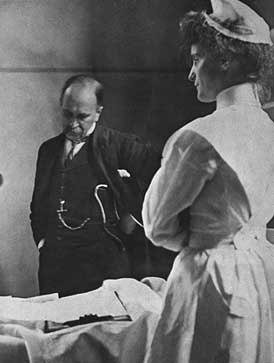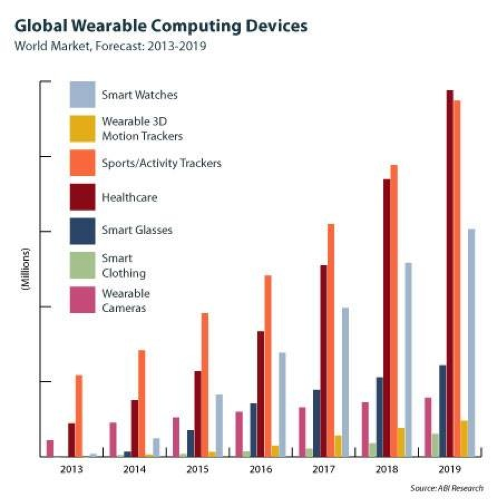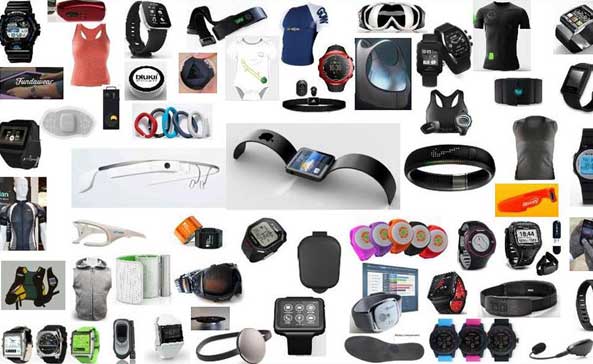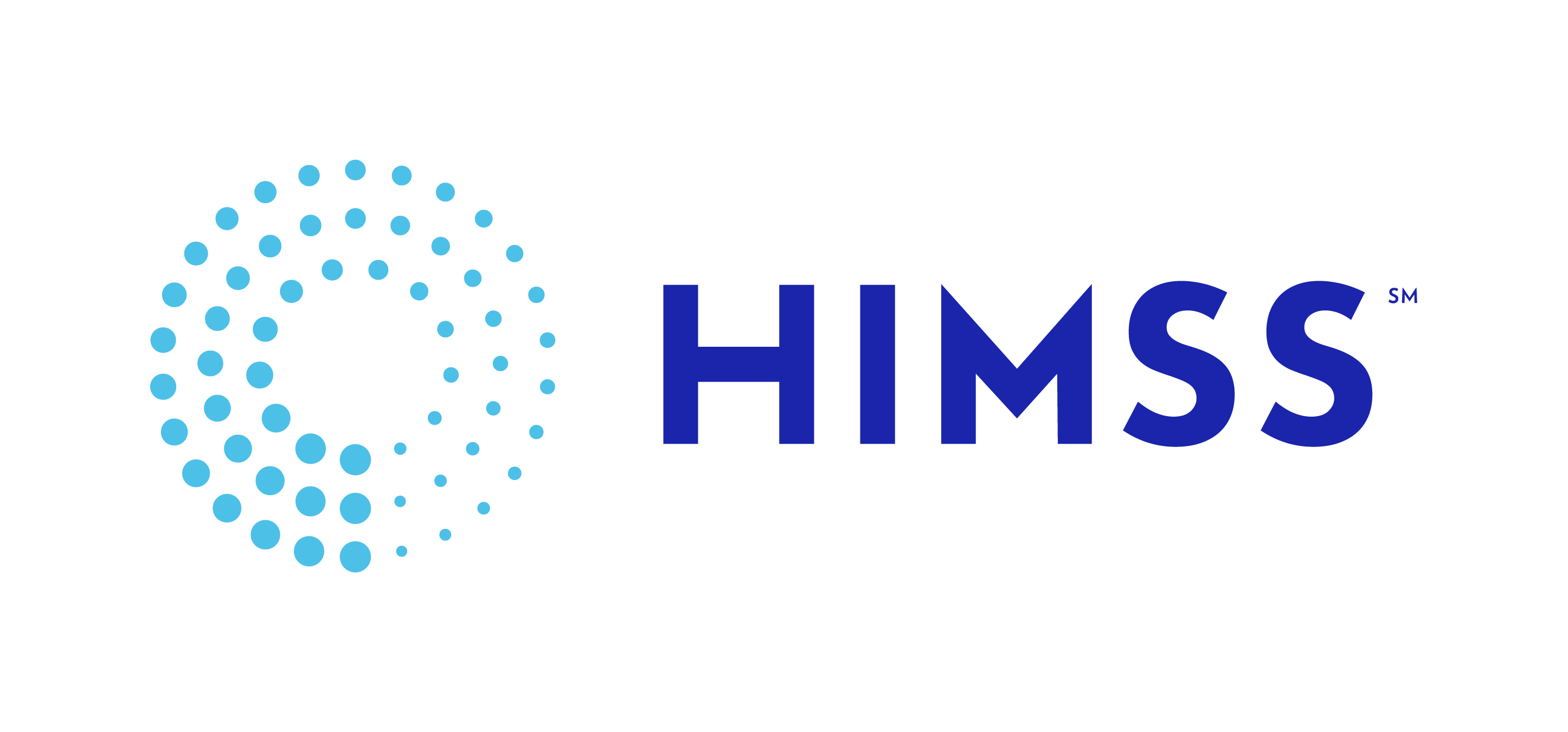Summer 2014 - Patient Engagement from Wearables and other Home-Health devices
Patient Engagement from Wearables and other Home-Health devices: The future is now
by Vikram Kumar, MD, FAAP, CMIO, Pediatrician, Arrowhead Regional Medical Center
*This article conveys opinions of the author, and does not reflect perspectives of the author’s employer or other affiliates.
keywords : #patientengagement, #bigdata, #pcmh, #populationhealth, #wearables, #homehealth
“The best way to predict the future is to create it.” Peter Drucker
Background Patient generated health data includes data that is created, recorded or generated by or from patients and their families. In the past this included history (present illness, past medical, social, family, symptoms, medication/treatment) and biometric data.1 For centuries health educators have been preaching the value of good history taking in order to define the diagnosis and treatment.
Patient generated health data includes data that is created, recorded or generated by or from patients and their families. In the past this included history (present illness, past medical, social, family, symptoms, medication/treatment) and biometric data.1 For centuries health educators have been preaching the value of good history taking in order to define the diagnosis and treatment.
“Ask not what disease the patient has but what patient the disease has.” William Osler MD (renowned physician, 1849-1919, pictured rounding on a patient)
A good patient history has no substitutes. This has, is and will continue to be central to patient-care. Patient generated data is the core of Patient Engagement. Engaging the patient is, in turn, an integral component of Patient Centered Medical Homes (PCMH) and Population Health Management. Healthcare is embracing PCMH and Population Health Management in order to decrease costs and improve outcomes.
The limitations of data generated by patient history include unreliability, incompleteness, loss in translation and episodicity.
Wearables and other Home-Health monitoring devices
The earliest recorded wearable health device were eyeglasses (circa 13th century CE).2 Wearables can broadly be classified into devices a) worn on the body to either improve the functioning of health or b) that monitor/collect health data. This article will focus on the latter kind. Health monitoring devices have been used routinely in the clinic and hospital environment for close to a century. Over the last five years, health/fitness monitoring devices have been increasingly finding their way into patient homes. This is expected to increase exponentially.3 In April 2014 Amazon opened an online store specifically for wearable technology, in May 2014 Google Glass became available to the general public and in June 2014 Apple announced several forays into the health industry including HealthKit, a platform for health and fitness.
Figure 1: Forecast for Wearable devices
Examples of Wearables and Home Health monitoring devices include:
Fitness bands such as FitBit, Nike+ Fuel Band, Samsung Gear, etc.
Fitness vests
Spectacles such as Google Glass
Home monitoring equipment such as weight-scales, apnea/blood pressure/glucose monitoring systems which have the capability to connect via bluetooth or other cellular technology.
Other smart devices such as cell phones, tablets and computers.
Tracking devices for children and elderly.
Figure 2: Examples of Wearables (Source-Credit Suisse)
New Solution, New Problem
Wearables and other home-health monitoring devices are expected to generate huge amounts of data. For example, instead of a physician having access to a diabetic patient’s lab glucose value in the past, he or she will now have real-time access to the patient’s fitness, home glucose levels, daily weights and sleep patterns. Throw in a ‘smart’ refrigerator and the patient’s dietary intake could potentially be captured as well.
“Data is not information, information is not knowledge, knowledge is not understanding, understanding is not wisdom.” Clifford Stoll (Astronomer)
1) Many electronic medical record (EMR) vendors are scrambling to get this patient-generated health data into the EMRs. In the next 2-3 years time, physicians and health systems will have ready access to this information being generated in the patient’s home.
2) Many employers have a policy of tracking employees’ fitness via fitness trackers. Employees in turn become eligible for health insurance discounts or incentives from their employers.
3) Health plans and health insurance companies are turning to the home-health monitoring devices to track post-discharge and high risk patients.
Benefits of Wearables and Home-Health monitoring devices
Identifying high-risk health conditions and preventing hospital admissions and readmissions (critical glucose levels in diabetics or sudden weight increase in heart failure patients)
Putting the patient at the center of care with respect to data generation which is continuous and not episodic. This helps track trends and predict outcomes.
Decreasing the need for patient-physician direct interactions allowing the physician to manage the patients’ health remotely.
Allowing clinics to simultaneously manage populations with specific conditions.
Potentially identify life-threatening conditions such as heart attacks and strokes and improve response times.4
Allowing health care systems to identify high risk and low risk population sets to target resources.
The Unknowns
Reliability and accuracy of data generated at the patient level.
Liability issues related to not responding promptly to critical data.
Data overload leading to burnout of health-care providers.
Sharing data with employers or insurances could create privacy conflicts.
Analysing this data to convert it to something meaningful used to provide care.
There is not sufficient literature out that proves that increased patient-generated data actually improves outcomes or decreases costs.
Summary
“Any sufficiently advanced technology is indistinguishable from magic.” Arthur C. Clarke (sci-fi author, 1917- 2008)
These are very early times when it comes to wearables and health devices and to predict the exactness of the future is to be naive. All that one can predict at this time is the general direction. These devices will get smaller and ubiquitous to the point ‘wearing’ would be an overstatement (think nanotechnology: tattoos, injected devices, nanobots and sprayed devices). It will become imperative for health-care providers and systems to imbibe this technology, analyse this data and monitor or react to this as needed. The technology will also improve at tracking and providing the data that actually improves outcomes. These devices will become the norm and cease to be standouts.
We are living at the cusp of very special times in terms of mankind, technology and evolution. One way to look at it may be that these are the last generations to be born and die without machines on or in the body at all times.
Bibliography
http://www.healthit.gov/policy-researchers-implementers/patient-generated-health-data
http://www.media.mit.edu/wearables/lizzy/timeline.html#1268
http://go.gigaom.com/rs/gigaom/images/wearable-computing-the-next-big-thing-in-tech.pdf
http://content.onlinejacc.org/article.aspx?articleid=1723276
Back to Summer 2014 Newsletter
